Critiquing Hate Crimes Legislation

In this lesson, students learn to access, study and compare primary-source documents, to research and organize information and to plan, organize and execute a live performance.

Instructional Resources for California Educators, Students, & Families

In this lesson, students learn to access, study and compare primary-source documents, to research and organize information and to plan, organize and execute a live performance.

In this lesson, students will listen to or read non-fiction texts for understanding, design a poster with key information on a prominent LGBTQ person or historical event, make a short presentation for the class based on their research, and write a short essay on a key moment in LGBTQ history or about a famous LGBTQ person. By doing this, students will learn about events in American history that are often omitted from textbooks and prominent LGBTQ people and about historical events that were part of the LGBTQ civil rights movement.
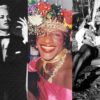
In this lesson, students will learn about transgender and LGBTQ history, the key role of transgender and gender non-conforming women of color in the modern LGBTQ movement, and the Stonewall Inn Riots in June 1969. They will accomplish this by watching and discussing a video about transgender rights and LGBTQ history and learning about the activists Marsha P. Johnson, Sylvia Rivera, Miss Major, and Stormé DeLarverie.
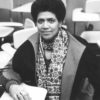
In this lesson, teachers will contextualize the LGBT rights movement by answering the question introduced in the History-Social Science Framework for California Public Schools: “How did various movements for equality build upon one another?” While activists fighting for LGBT rights utilized similar tactics and had some shared goals of those fighting for Civil Rights broadly, LGBT people in racial minority communities faced additional discrimination. Moreover, many fighting for broader Civil Rights did not consider sexual preference or gender identity as apart of their fight. In this lesson, students will explore historical perspectives to determine to what extent the movement for LGBT rights was or was not part of the broader movement for Civil Rights of the 1970s and 1980s. Students will read, annotate and categorize several primary sources to write a short essay describing and supporting their prospective with evidence from the texts.
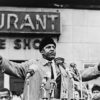
Bayard Rustin—a visionary yet largely unknown civil rights strategist, organizer and activist—is the subject of a compelling new documentary premiering on PBS on Martin Luther King Jr. Day (Monday, January 20). This guide is intended to introduce Rustin and encourage viewing and discussion of Brother Outsider, a 90-minute film produced and directed by filmmakers Nancy Kates and Bennett Singer.
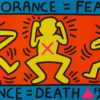
In this lesson, students research and create a timeline that illustrates how attitudes toward gay and lesbian issues have changed over the last 30 years.
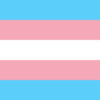
Over the past several years, there has been a dramatic increase in the visibility of transgender people and the understanding of transgender issues. Polls show that most Americans believe they know what being transgender means and overwhelmingly feel that our laws should protect transgender people. At the same time, transgender and gender non-conforming people face injustice in every aspect of their lives: at home, in schools, in workplaces, in doctors’ offices and emergency rooms and in public places like grocery stores, restaurants and hotels. This lesson will provide an opportunity for high school students to learn more about transgender identity and issues, the barriers faced by people who identify as transgender or are gender non-conforming and how we can make our schools safe and welcoming for transgender and gender non-conforming students.
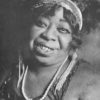
This activity is designed as a fun and interactive way to raise students’ awareness of LGBT people and the contributions they made in the history of the United States. Students will learn about key events in the LGBT civil rights movement. Students will have an opportunity to create signs regarding these events to spread awareness throughout the school.

In this lesson, students learn the provisions of the 14th and 15th amendments and the political forces supporting and opposing each. They will evaluate the agendas, strategies and effectiveness of Americans from underrepresented groups, including people with disabilities, in the quest for civil rights and equal opportunities and explore how laws uphold democratic ideals and how changes in laws accompany social change.
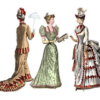
How and why was the Declaration of Sentiments modeled after the Declaration of Independence?